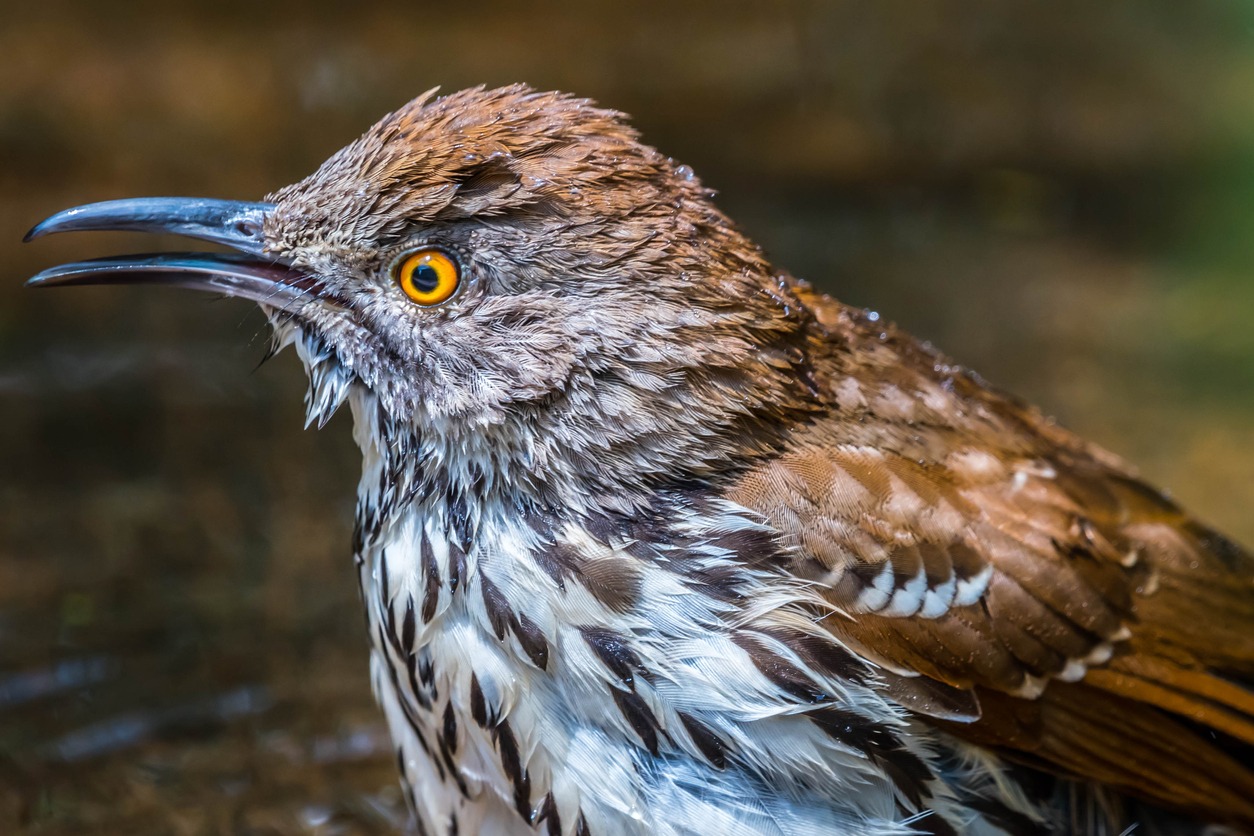It is a fairish-sized, common nightjar characterized by bold scaly markings on its backs. A wide, dull patch occurs on the outer tail, buff in female while whitish in males. It thrives in open and palm savannas, and wet grasslands. Like its cousins, this bird is nocturnal or crepuscular, hunting from night until dawn.
Read further to know more about the Swamp Nightjar.
What is a Swamp Nightjar?
Swamp Nightjar (Caprimulgus natalensis) is a bird species belonging to the Caprimulgidae family. This bird occurs in patches of sub-Saharan Africa, pretty adaptable to dry or moist grasslands near water bodies. It roosts on the ground under dense vegetation during the day, while becoming active from dusk until dawn.
Its seven levels of classification are as follows:
Kingdom: Animalia
Phylum: Chordata
Class: Aves
Order: Caprimulgiformes
Family: Caprimulgidae
Genus: Caprimulgus
Species: C. natalensis
Swamp Nightjar Physical Description
Swamp Nightjar is a fairish-sized bird, growing 8 to 9.5 inches or 20 or 24 centimeters and weighing around 60 to 70 grams. It is distinguishable through the scaly appearance on its back. However, it lacks the pale wing band that its nightjar cousins show when resting. Both sexes sport a wide patch on the outer tail, buff in females and whitish in males. While it is similar to the Montane Nightjar, the Swamp Nightjar has a duller plumage and sans the reddish-brown collar.
Where can they be spotted?
Swamp Nightjars have a patchy distribution in sub-Saharan Africa. It uncommon to common in northern Botswana, Caprivi Strip of Namibia, southern Mozambique, and eastern KwaZulu-Natal. It thrives in grassland next to lagoons, vleis, rivers, and swamps. They also occur in grassland, floodplains, or areas with scattered Lala palms, their most favored habitat.
Interesting Facts You Should Know About the Swamp Nightjar
Swamp Nightjars feed primarily on insects, such as beetles, moth, butterflies, termites, grasshoppers, locusts, crickets, and mantids. They are nocturnal, hunting during dusk until dawn and often found sitting on the ground, then catching their prey on wings, before returning to their foraging position.
These birds are monogamous and will form strong bonds with their partner. Moreover, they are very territorial and prefer to nest solitarily. The nest is situated on the ground in bare clay, sand, or flattened grass next to a tuft.
The egg-laying season occurs from August to December. Two eggs will be laid, which both sexes will incubate for about 20 days. The female will perform the incubation during the day, while the male takes over at night. Chicks will be able to leave the nest 7 to 9 days after hatching, heavily relying on camouflage to protect themselves from predators. Both parents feed the broods and may do distraction displays to lure the predators away from the chicks.
Swamp Nightjars are not globally threatened, and they are currently evaluated as Least Concern (LC) under the IUCN Red List of Threatened Species. However, they are classified as Vulnerable (VU) in South Africa, mainly because of human development, agriculture, and habitat loss.
WILDLIFE PARKS AND RESERVES WHERE THIS SPECIES IS FOUND:
BOTSWANA
SOUTH AFRICA
Kalahari Gemsbok National Park
NAMIBIA
ZAMBIA
ZIMBABWE
BOTSWANA BIRDS | SOUTH AFRICA BIRDS
NAMIBIA BIRDS | ZAMBIA BIRDS | ZIMBABWE BIRDS

